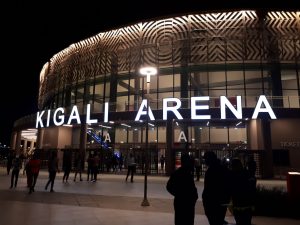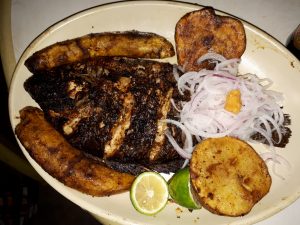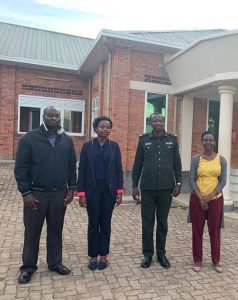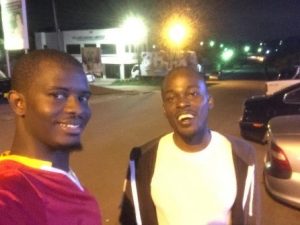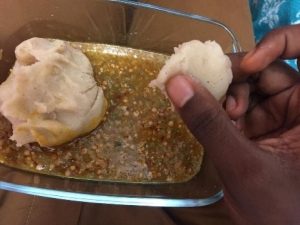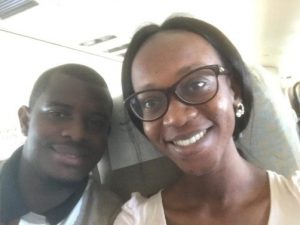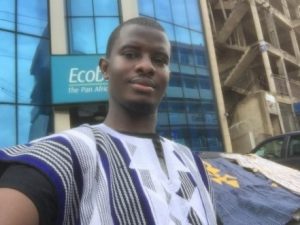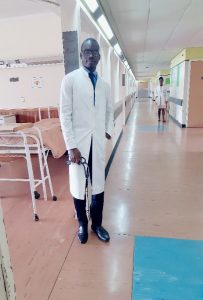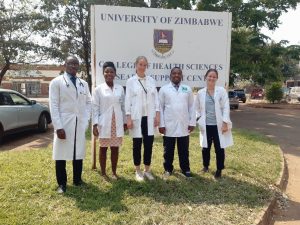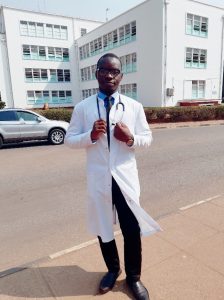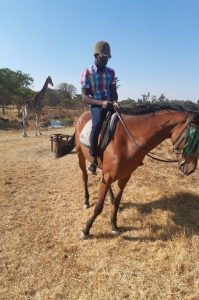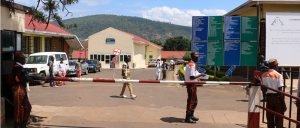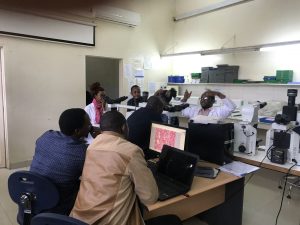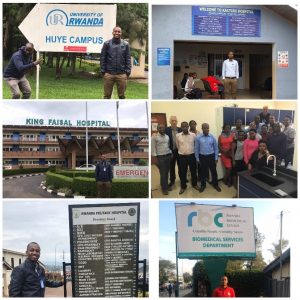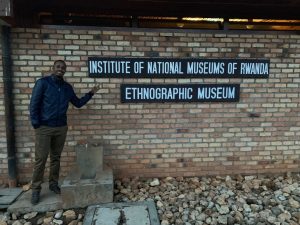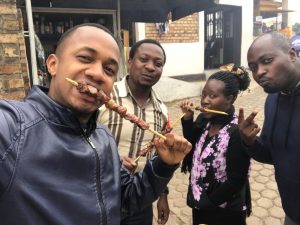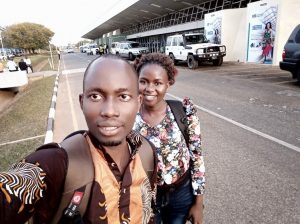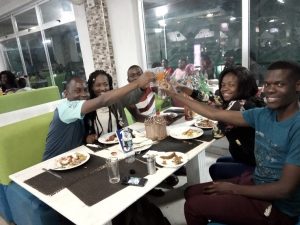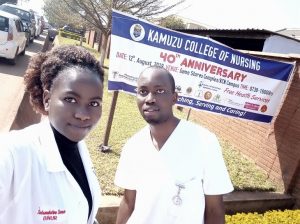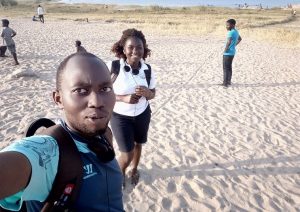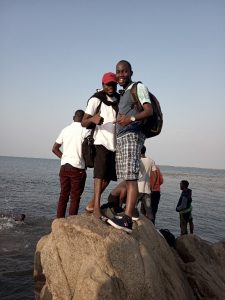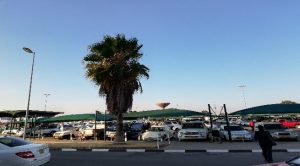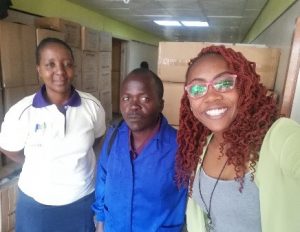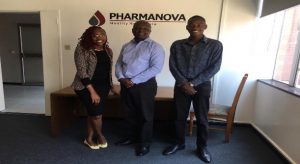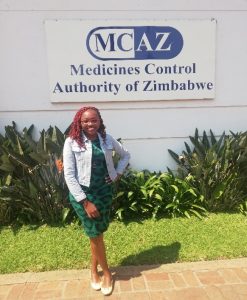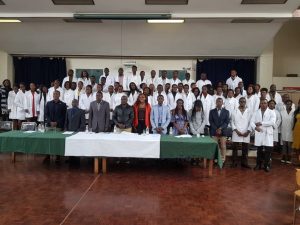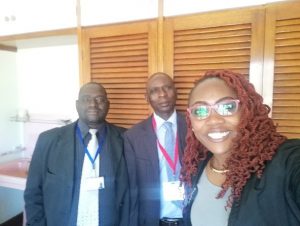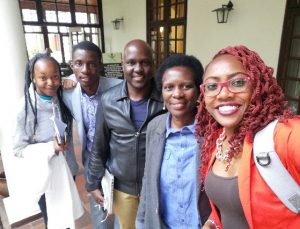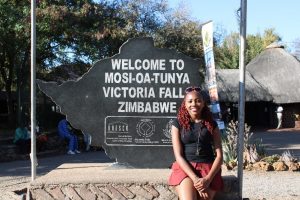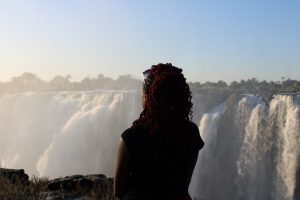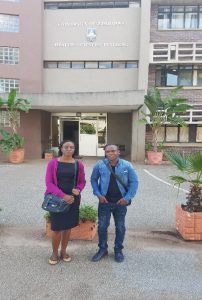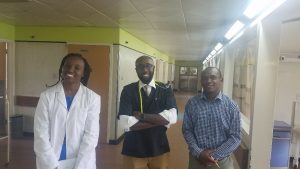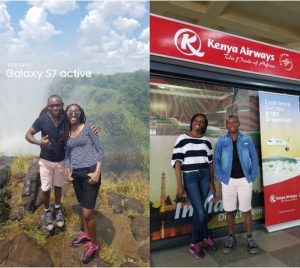Blog by Suubi Mariam, medical student from Mildmay Institute of Health Sciences, who has completed her elective in management of pediatrics emergencies and neonatal at Arthur Davison Children’s Hospital in Ndola, Zambia through GEMx.
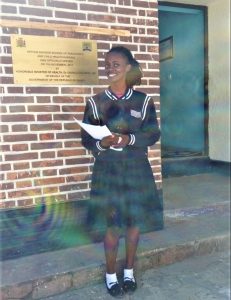
TRAINING
I was given a brief history of when the hospital started and introduced to the staff who oriented me about the different departments. I joined fellow students to Arthur Davison school of pediatrics and child health nursing for the workshop that lasted for 4 days.
The workshop was about Emergency Triage, Assessment and Treatment(ETAT) and Neonatal Resuscitation.The major objectives of the workshop were to; Equip us with the uptodate knowledge about how to triage children and categorise them into those with emergency signs, priority signs and non urgent signs so that we are able to meet their needs as quick as possible and according the available resources. The ABCDE concept and how to intervene appropriately and proficiently. Appreciate the principles related to facilitating physiological transition at birth as a basis for understanding when to intervene.
HOSPITAL EXPERIENCE:
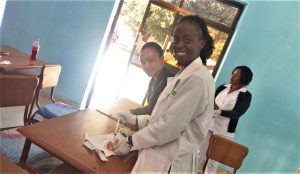
I spent the second week in Muchinga where I practiced fluid calculation for dehydrated children and those with severe acute malnutrition. I got a chance to refresh on the feeding and general management of malnourished children under the kind guidance and supervision of Dr. Daka, Dr. Nyanta, Dr. Machona, Dr. Nonde and the Sisters.
For the third week, I was in Kafue ward which is majorly surgical and ICU. Here, I was with Dr. Ngose when he was reviewing post-operative patients with conditions such as fractures, hernias, severe burns, AVSD, frozen abdomen. I also saw patients with CKD and nephrotic syndrome in the ICU.
FOOD
Unlike Uganda where a single meal comprises a variety of foods, here they prepare one type of food which is normally Nshima (maize mill) which is served for lunch and dinner and they don’t seem to be bothered about it. Nshima is served with any other type of sauce like beef, minced meat, chicken, tomato sauce, lepu, silver fish and others. However, the amount of served on the plate was shockingly small that I had to take water so that I don’t choke on the Nshima.
PEOPLE AND LANGUAGE.
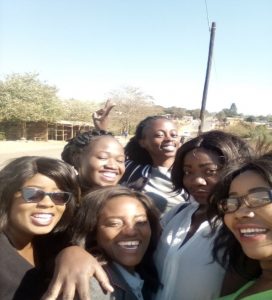
There are about 72 languages spoken in Zambia, but Bemba is the most commonly spoken. However, I could Identify a bit with Bemba because most of the words are like Luganda, Swahili and Runyankore hence to me it sounded like a mix of languages in one. On this note, I could perhaps pick a word or two when the doctors were clerking the patients and they never hesitated to interpret for me if I asked.
WEATHER.
I was unaware that Zambia experiences “snowless” winter seasons. The winter season is usually between June and late July which is I usually very cold. I was greatly challenged by the weather because I packed light summer clothes only. All thanks to my friends Kafunya, Miriam and Sarah who helped me with some warm clothes until when I did some shopping and they always checked on me to ensure that I am okay.
SOCIAL LIFE
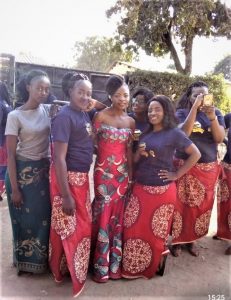
I will always be humbled and grateful to be a part of this great learning experience. I have achieved all my objectives from the training and hospital practicum. I appreciate the Global Educational Medical Exchange for the opportunity Ms. Faith Nawagi the African GEMx representative and Ms .Phiona Kinwa for the kind guidance throughout the process as far as documentation is concerned , my facilitators at the host school, Ms. Sibeso Kamwi, Mrs. Chitimbwa, Ms.Berrice Mwango, Ms.Chisenga and Ms. Michelle.
Thank you is not word enough to express my sincere gratitude to my school, Mildmay Institute of Health Sciences, Ms.Mudoola Janet the GEMx coordinator at my school and the team, my tutors for the support and facilitation. Lastly but not least I would like to thank Mr. and Mrs. Magezi for the mentorship and support. May the Lord bless you abundantly! NATOTELA LESA AMIPALE.


